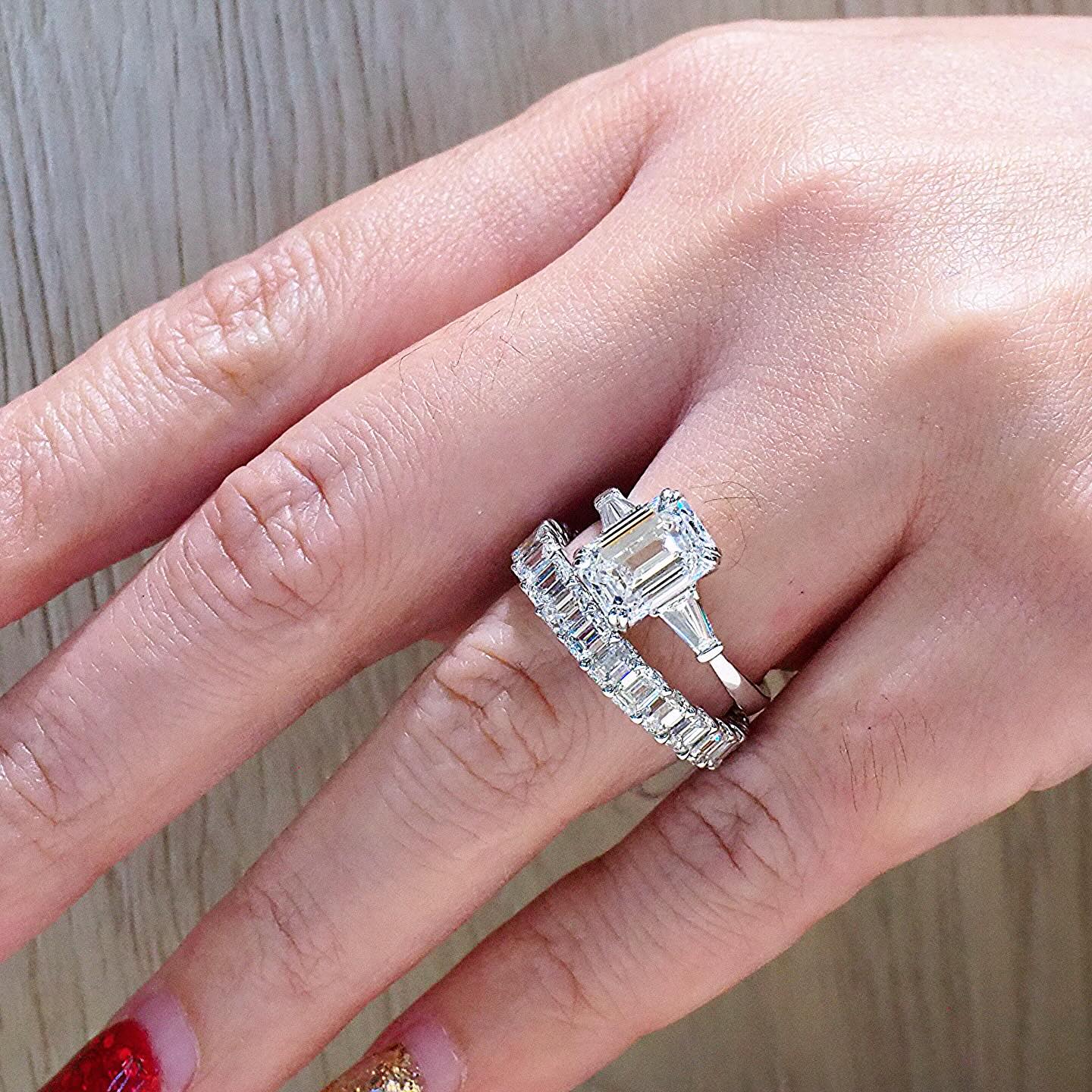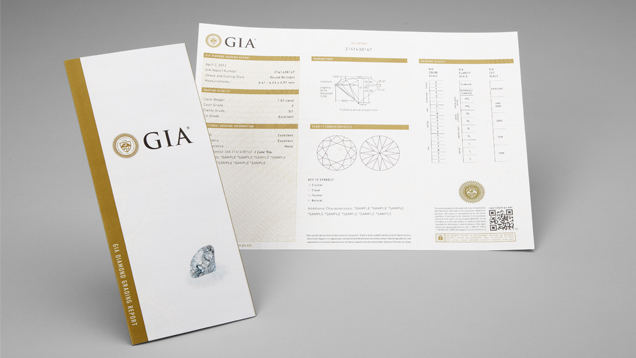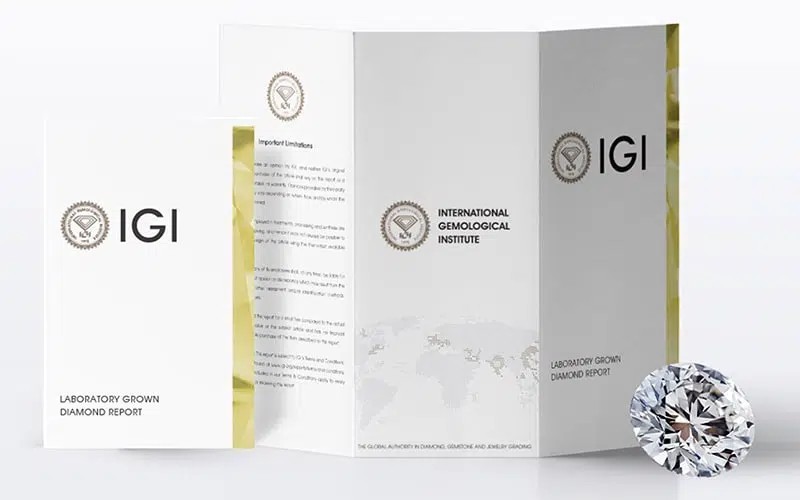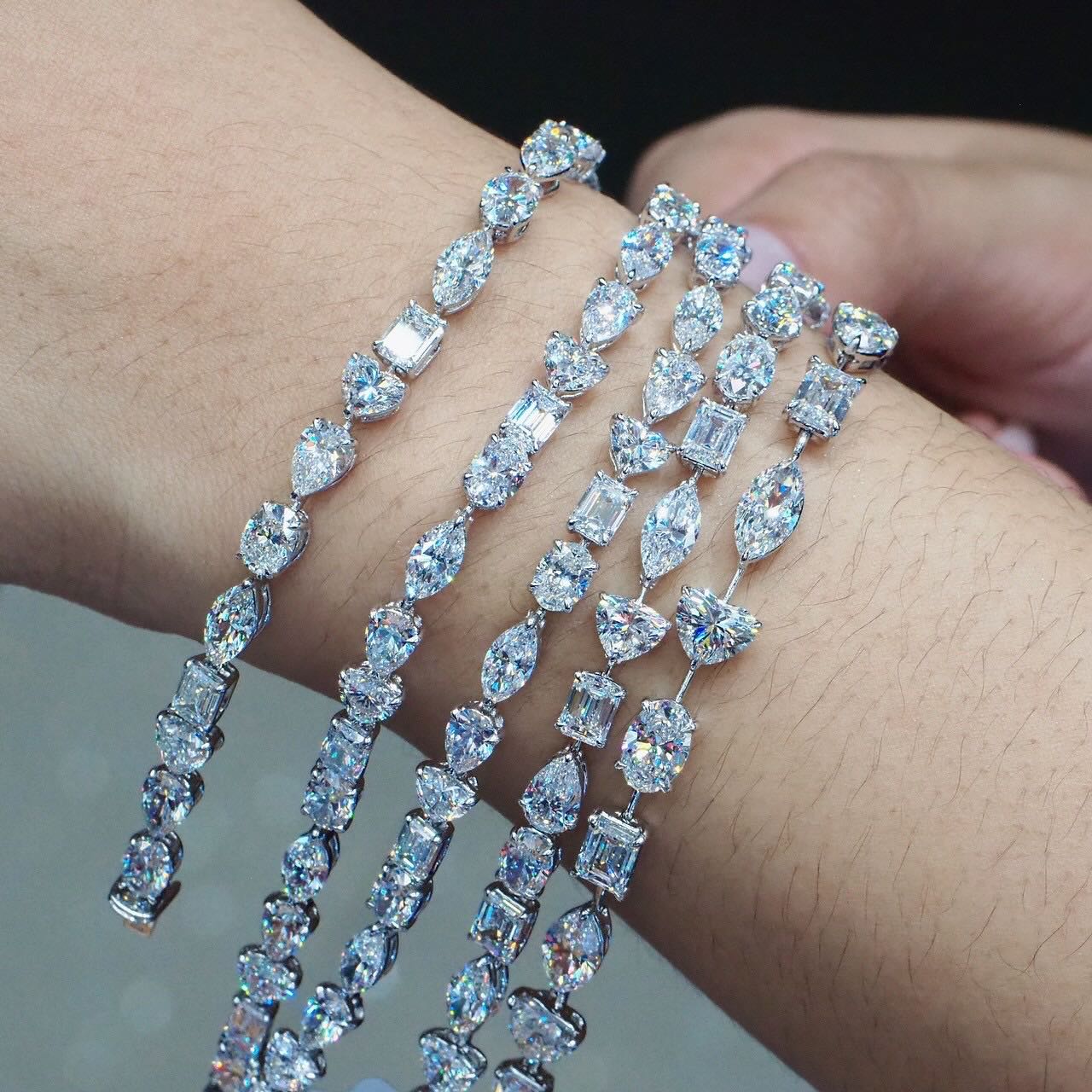How Many Carats Does a Diamond Need for a Certificate? What’s the Difference Between GIA and IGI Diamond Certificates?
Diamonds come with many fascinating details—but today we’re focusing on a crucial one: diamond certificates. These documents are extremely important, especially for beginners who are just starting to learn about diamonds. Have you ever wondered how many carats a diamond needs to have to get certified, or how GIA and IGI certificates differ? Let’s uncover the answers.

How Many Carats Does a Diamond Need to Be Certified?
Let’s start with GIA certificates, issued by the Gemological Institute of America—the world’s most reputable gemological laboratory. GIA is recognized globally and is the organization that introduced the 4Cs standard for diamond grading (Color, Cut, Clarity, and Carat).
There are two types of GIA certificates:
1. GIA Diamond Grading Report (Full Certificate)
This full-sized certificate is typically issued for diamonds weighing 1 carat or more. It includes a detailed diagram mapping the inclusions (flaws) of the diamond. It may or may not have laser inscription on the diamond’s girdle.
However, that doesn’t mean diamonds under 1 carat cannot receive a full GIA report. In some cases, diamonds below 1 carat are submitted for a full report, but it's less common because the cost of a full report is higher. That’s why full GIA reports are generally reserved for larger stones.
2. GIA Diamond Dossier (Small Certificate)
This smaller certificate is usually issued for diamonds under 1 carat. Unlike the full report, the dossier does not include an inclusion plot but does come with laser inscription on the girdle. The number inscribed matches the number on the certificate.

Digital vs Paper GIA Certificates
You might have heard that GIA planned to discontinue printed Dossier certificates and switch entirely to digital versions in early 2023. However, in April 2023, GIA announced they would continue offering paper certificates due to public feedback and concerns about inconvenience. For those who received digital-only dossiers, you can still access your certificate at gia.edu.

What’s the Difference Between GIA and IGI Certificates?
Both GIA and IGI are well-known gemological laboratories, but they have some key differences:
-
GIA (Gemological Institute of America) is based in the USA and is considered the most reliable and respected institute worldwide. It is known for its strict standards and precision in grading.
-
IGI (International Gemological Institute) is an international institute with more global branches than any other lab. It is widely accepted and also uses its own grading systems, but is generally considered a step below GIA in terms of precision and global reputation.
IGI offers more affordable certification fees, making it popular among general consumers. However, for high-value diamonds and business purposes, GIA is still the preferred and most trusted choice.

Summary
-
GIA Full Certificate: Usually for diamonds ≥1 carat, includes flaw mapping, may include laser inscription.
-
GIA Dossier (Small Certificate): For diamonds <1 carat, no flaw diagram, but includes laser inscription.
-
GIA vs IGI:
-
GIA = Top-tier lab, highest reputation, most accurate.
-
IGI = More accessible, affordable, but not as strict in grading.
Understanding these certifications helps you make more informed decisions, whether you’re shopping for an engagement ring or investing in high-quality gemstones.